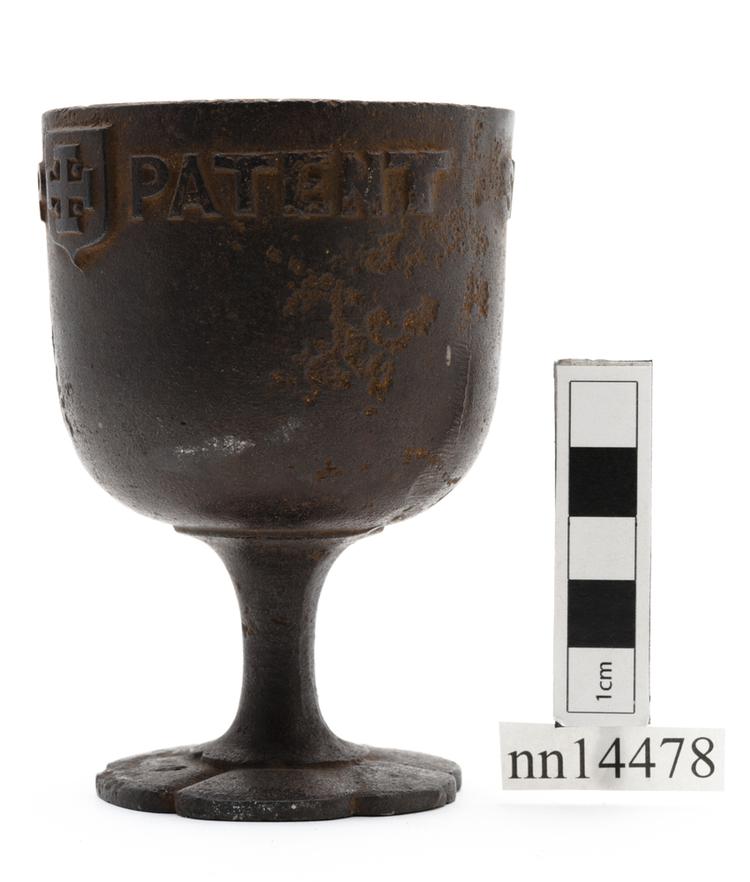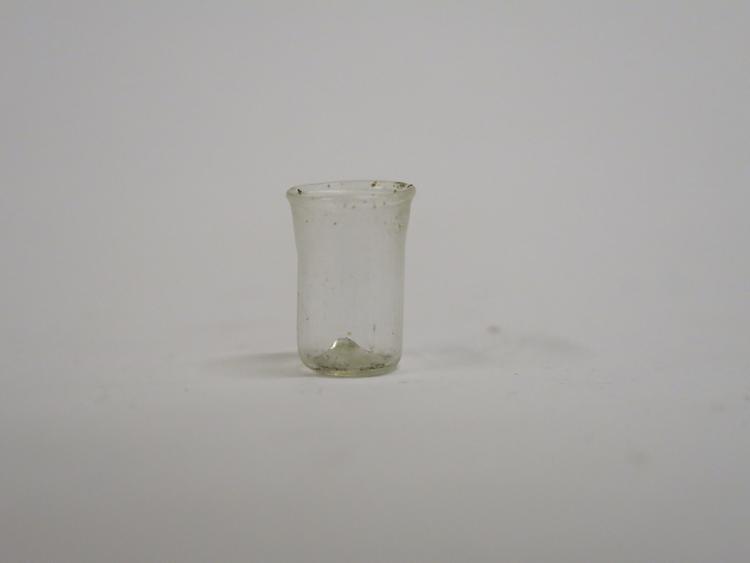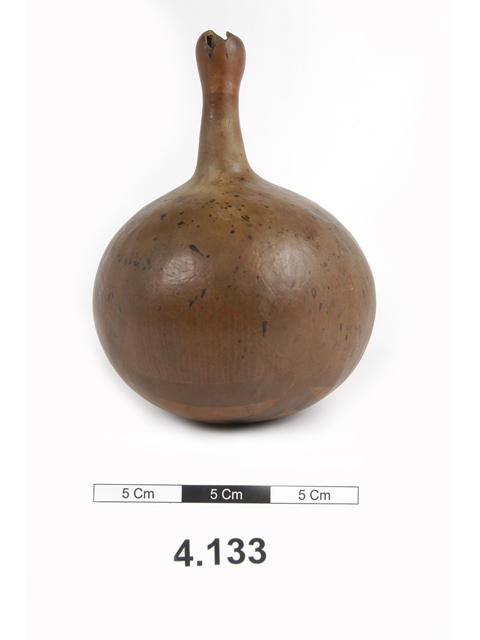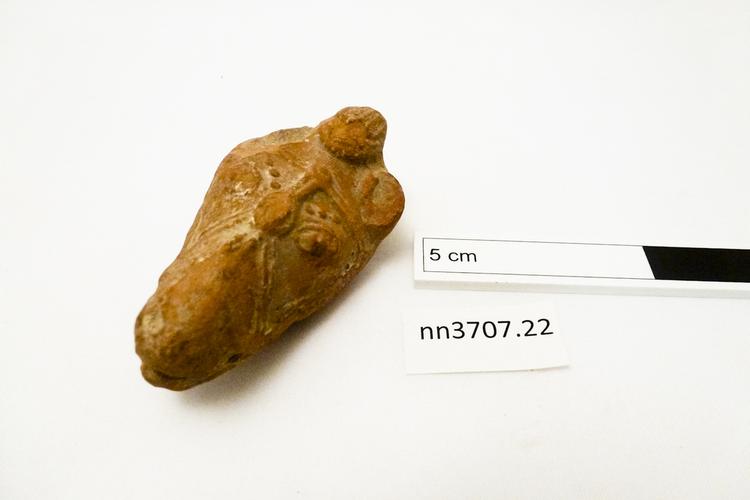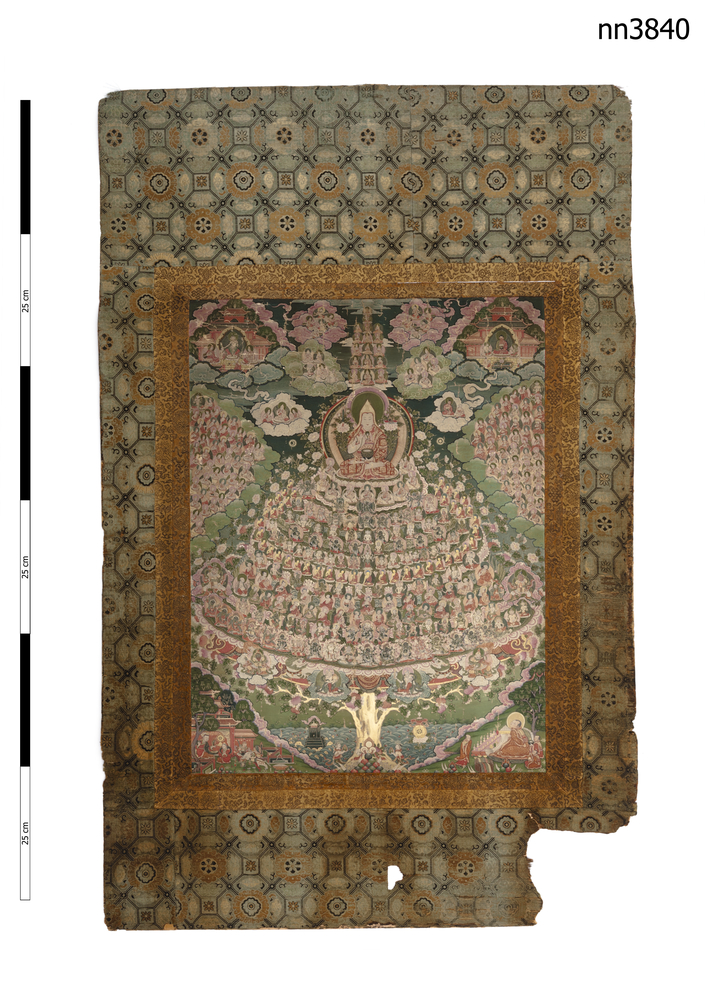
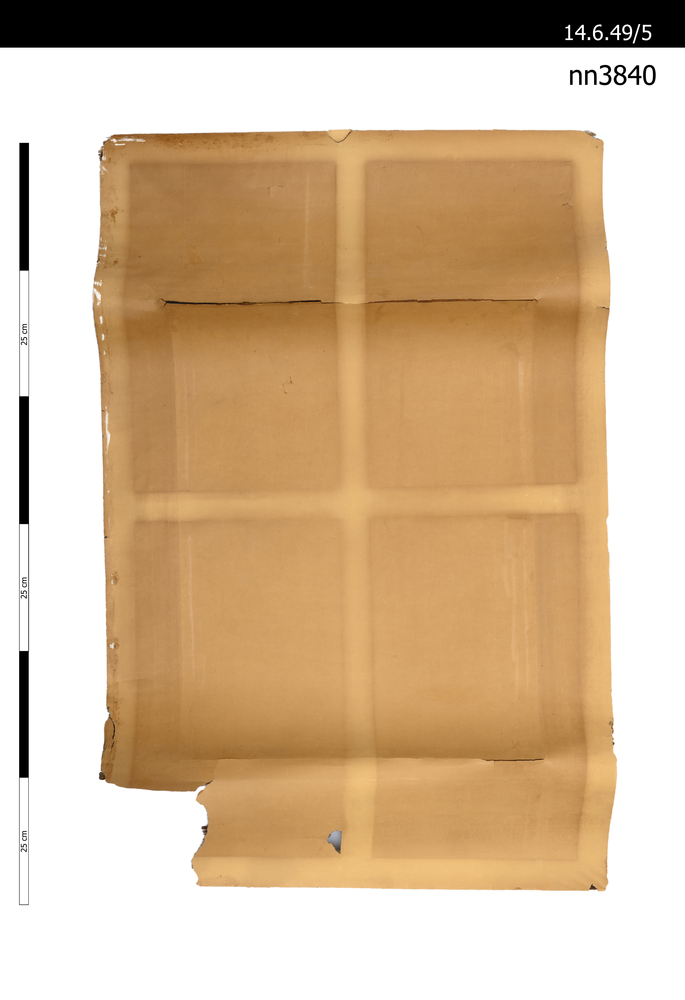
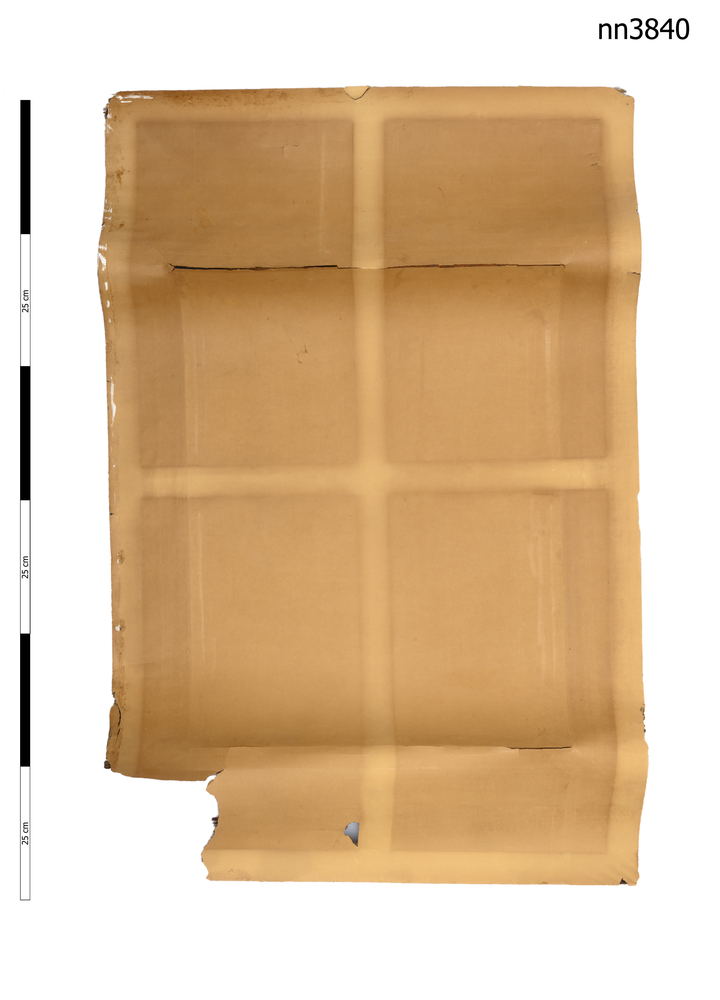
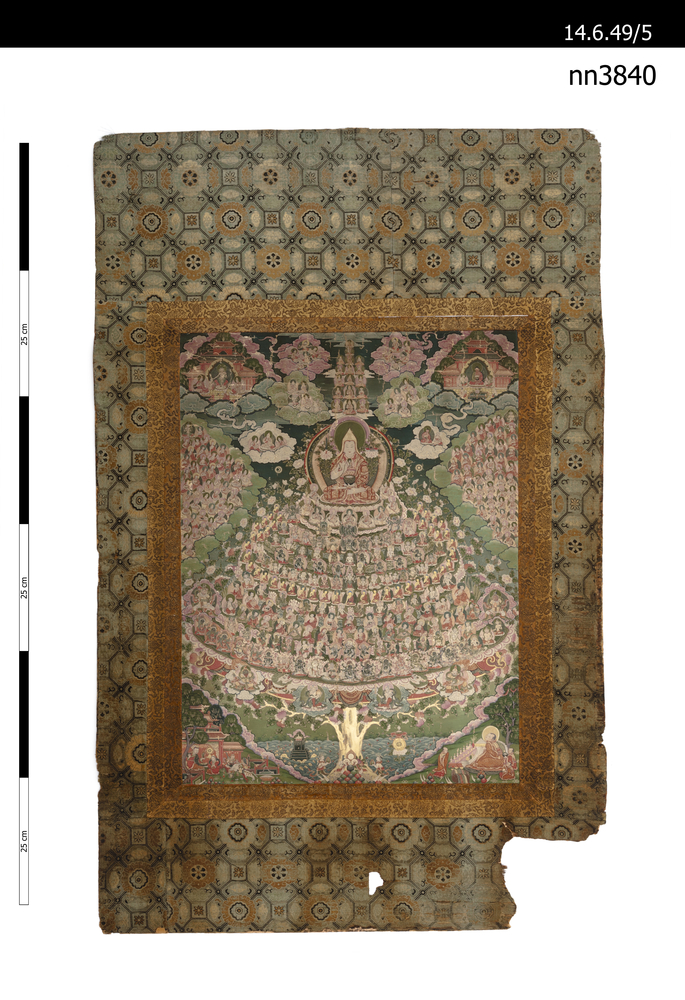
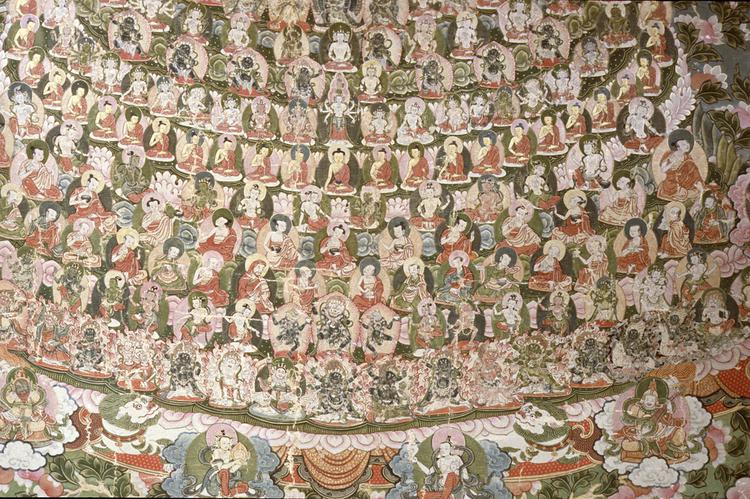
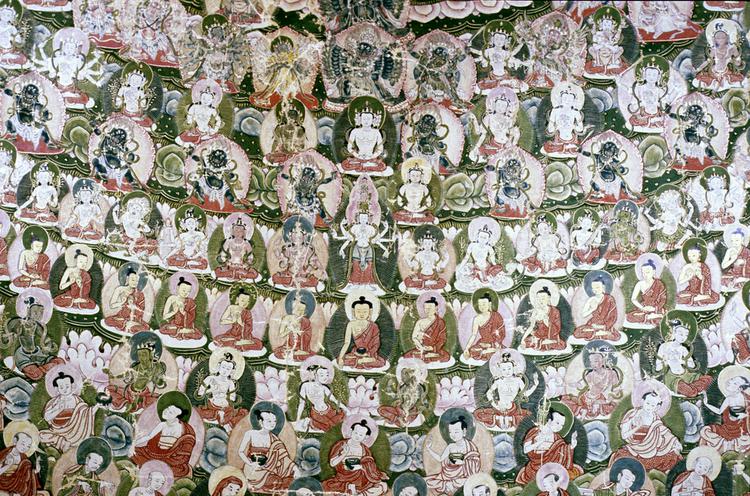
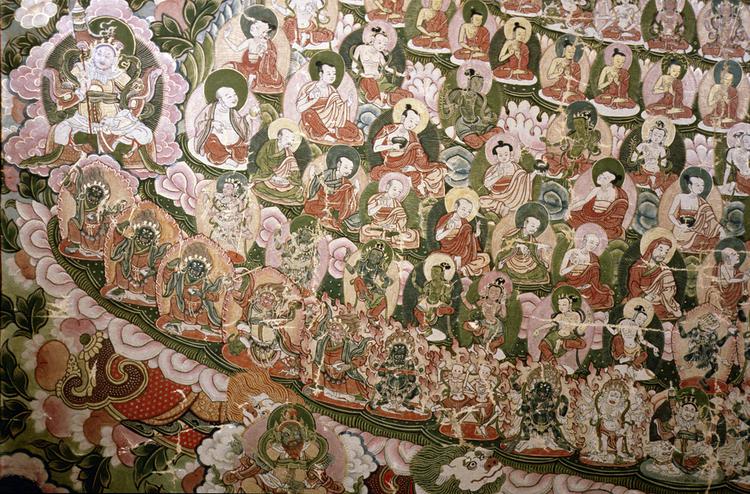
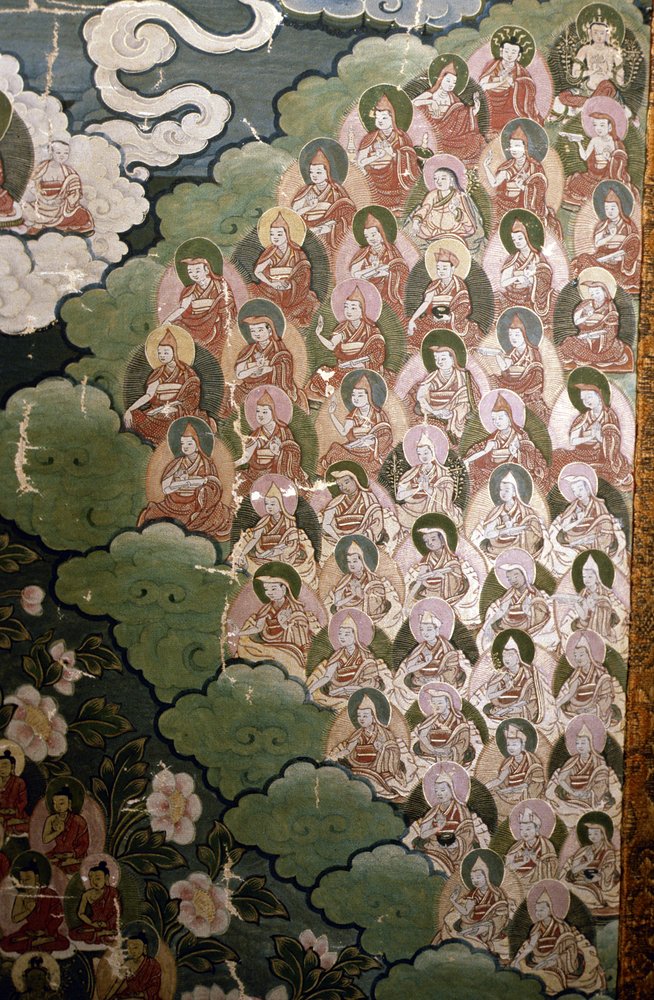
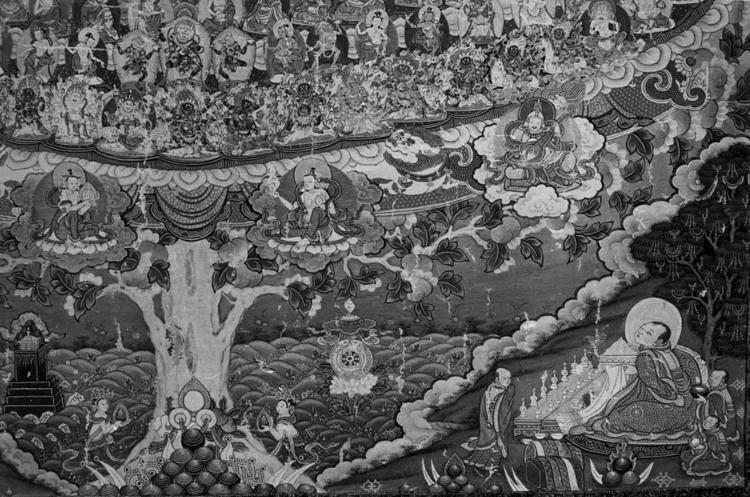
Thangka depicting Tsong-Ka-Pa seated in the tree of life presiding over an assembly of divinities. He holds in his left hand a begging bowl and a lotus stem on the flower of which is a book cupped by the petals. In his right hand the lotus supports a sword. The thangka is predominantly green and pink with gold and some other colours and is mounted on a pattern-woven cloth which is itself mounted on a wooden frame. Framed with gold brocade. 32 x 52".
This thangka was painted in Tibet, probably in the nineteenth century. It depicts a tshog shing or assembly tree with Tsongkhapa the founder of the Geluk order seated at its head. Tshog shing are a way of demonstrating spiritual lineage, which is a very important concept for all the orders of Vajrayana Buddhism. In this instance Tsongkhapa is depicted with the symbols of the bodhisattva Manjusri: a sword and a book held on lotus flowers at the right and the left shoulder respectively. Manjusri is a deity with whom Tsongkhapa is particularly associated and from whom he drew spiritual authority. Beneath Tsongkhapa are arranged the lineage of the Geluk order, Indian gurus and Kadampa progenitors, early followers of the Buddha (arhats) together with Buddhas, Bodhisattvas and protectors of the doctrine (dharmapala). By linking Tsongkhapa to the Kadampa progenitors (who founded Buddhism in Tibet), Indian gurus and the early followers of Buddha the thangka demonstrates the Geluk order’s connection to the very first origins of Buddhism both in Tibet and in India; the birthplace of Buddhism.



